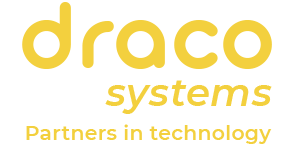Our story
At DRACO, we transform cutting-edge technology into the magic wand that turns your visions into palpable realities and resounding success projects. We pride ourselves on being the architects behind technological challenges, catalyzing innovative ideas into solutions of incalculable value for our clients. With a deep understanding that every dream carries with it the potential to become a milestone, at DRACO we position ourselves as the preferred executors of their most audacious technological ambitions.
DRACO’s offer is distinguished by its comprehensive and personalized nature, based on the most leading technologies on the market. Our spectrum of services includes from advanced electronic design and control software for innovative prototypes to the management and realization of series productions. This holistic approach does not allow us to accompany our customers at every stage of the process: from initial conception and design, through development and industrialization, to achieving a robust after-sales maintenance service.
We understand that time is an invaluable resource in today’s dynamic market. For this reason, at DRACO we strive to speed up the “time to market” of your projects, ensuring a smooth and efficient transition from ideas to the market. Our agile methodology, combined with our advanced technological infrastructure, ensures that projects not only meet the highest standards of quality and innovation, but also materialize in the most optimal time possible.
With DRACO as their strategic ally, they are not only choosing an electronic engineering solutions provider, but a partner committed to the success and excellence of their project. We distinguish ourselves by our ability to anticipate challenges, adapt to changing needs and exceed expectations, positioning our clients several steps ahead in the technological career.
DRACO is more than engineering; is the promise of transforming potential into excellence, taking your projects from the realm of dreams to tangible reality, with the speed, precision and quality that today’s market demands. Welcome to the future of electronic engineering, where your ambitions find fertile ground to grow and prosper.
Technology
Draco Systems is positioned at the forefront of technological development, employing a wide spectrum of advanced hardware and software solutions to carry out our clients’ projects. Our expertise spans from electronic design and device manufacturing to custom software development, integrating the latest technologies to deliver innovative, high-quality products.
In the field of hardware, we use state-of-the-art microcontrollers and versatile development platforms, such as microcontrollers and microprocessors, adapted to the specific needs of each project to ensure optimal performance and energy efficiency. Incorporating connectivity technologies including Wi-Fi, Bluetooth and LTE enable our devices to deliver a connected and interactive user experience, essential for IoT applications and automation solutions.
For software development, Draco Systems applies agile methodologies and cutting-edge tools that facilitate the creation of robust and secure applications. We use real-time operating systems (RTOS) to ensure fast and reliable responses to critical applications, while our cloud solutions leverage platforms such as AWS, Azure, Google,… for the processing and analysis of large volumes of data, making sure. scalability and accessibility.
Safety is a priority in all our projects. We implement secure development practices and advanced encryption technologies in both hardware and software, protecting user data and ensuring device integrity against external threats.
The experience accumulated by Draco Systems in a wide range of sectors does not allow to accelerate the development process, significantly reducing the time of launch on the market (time-to-market). Our deep understanding of emerging technologies and our ability to efficiently integrate transform our customers’ ideas into durable and successful products. By choosing Draco Systems, our customers not only gain a technology partner, but also benefit from our commitment to excellence and dedication to exceeding expectations, turning every project into a market success story.
Connectivity
- Wi-Fi : Ubiquitous standard for wireless networks, essential for devices connected to the Internet.
- Bluetooth and BLE (Bluetooth Low Energy) : For short range and low consumption communications, ideal for wearables and IoT devices.
- Zigbee and Z-Wave : Used in home automation to create sensor networks and low-power actuators.
- NFC (Near Field Communication) : For safe data exchanges at short distances.
- LTE, 5G : Cellular connectivity for IoT applications that require mobility or are out of reach of Wi-Fi.
- LoRaWAN : Long-range, low-power communication, ideal for IoT applications in large areas.
- Sigfox : Dedicated IoT network that offers low speed services, but very low cost and energy.
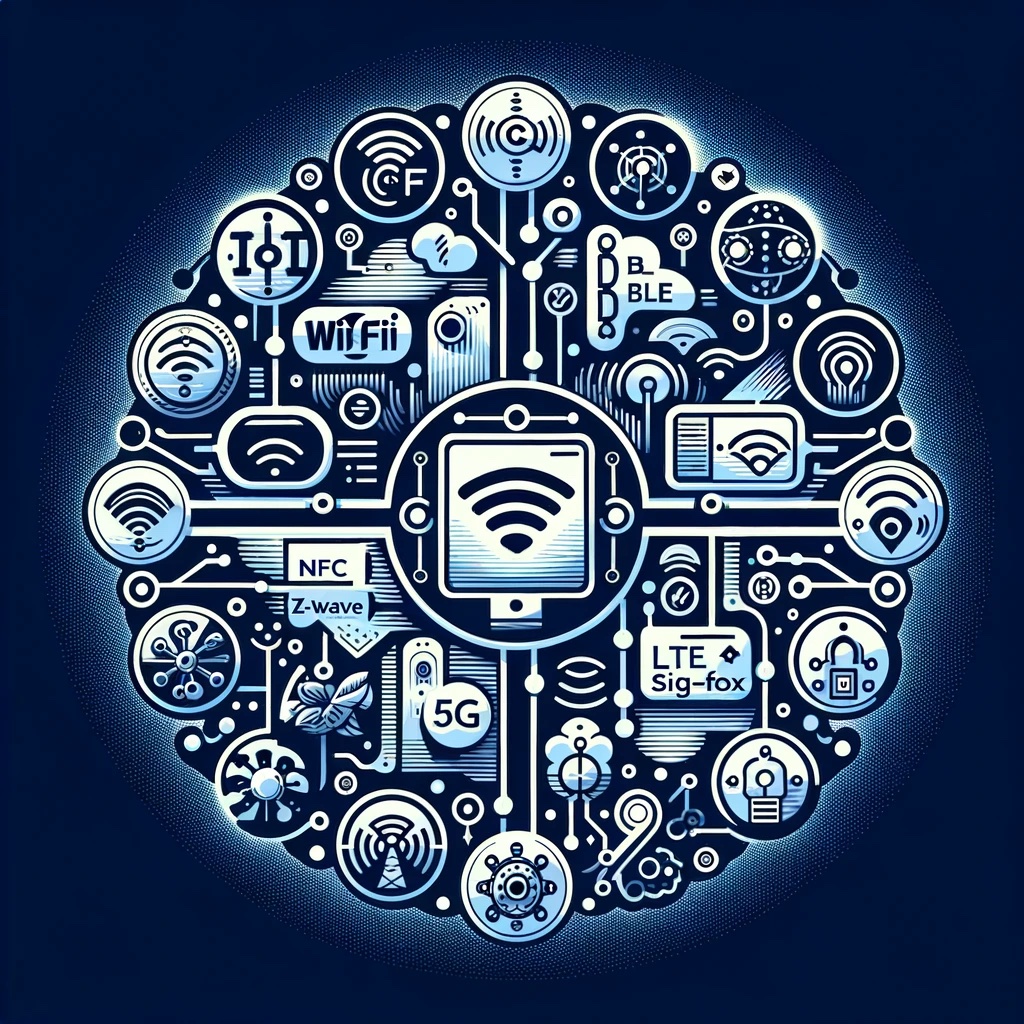
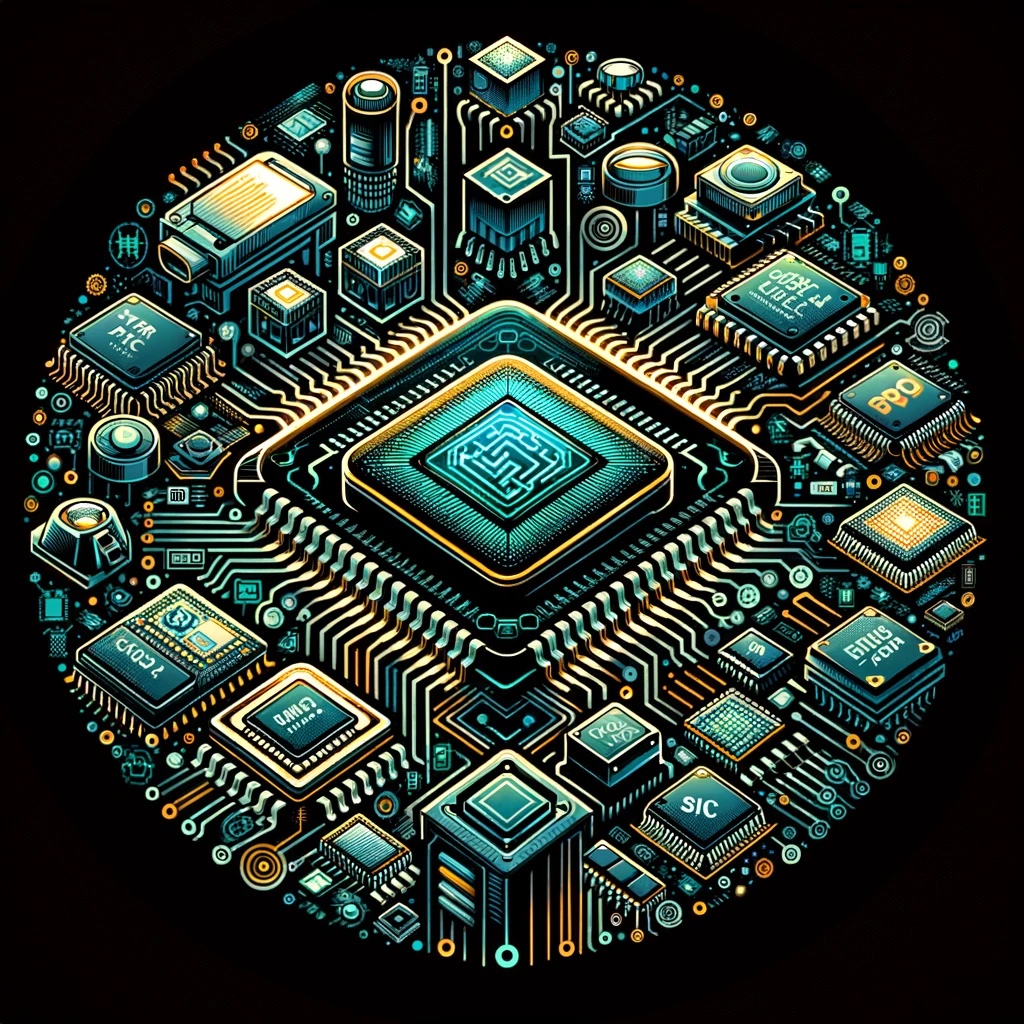
Microcontrollers, Microprocessors and Processing Technologies
- Microcontrollers (eg AVR, PIC, STM32): At the heart of many electronic devices, they offer a complete solution on a single chip.
- Microprocessors (eg, ARM Cortex, Intel x86, AMD): More powerful than microcontrollers, for computationally intensive tasks.
- FPGA (Field Programmable Gate Array): For rapid prototyping and applications that require high flexibility and speed.
- SoC (System on Chip) and SiP (System in Package): Integrate functions of multiple chips into one, making space and consumption more efficient.
- Edge AI (Artificial Intelligence at the Edge): Processors optimized to run AI models on the device, minimizing latency and bandwidth consumption.
Analogue Technology, Sensors and Power Sources
- Operational amplifiers and mixed-signal integrated circuits : Fundamentals for analog signal processing.
- Sensors (temperature, humidity, movement, etc.): Converters of physical phenomena into electrical signals, crucial for interaction with the environment.
- ADC and DAC converters : For the conversion between analog and digital signals.
- Power supplies (linear, switched): Crucial to provide efficient and stable power to electronic devices.
- Batteries and energy management systems : For portable and wearable devices, optimizing battery life.
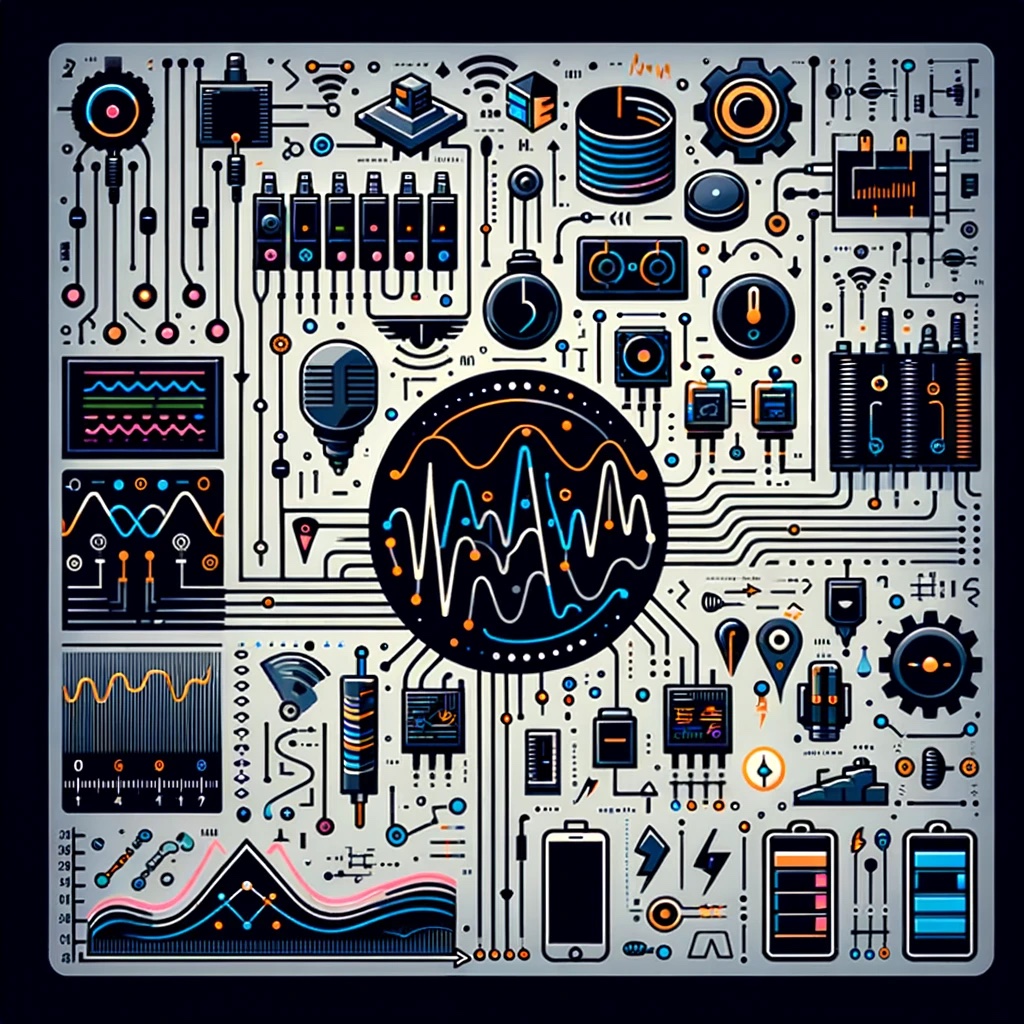
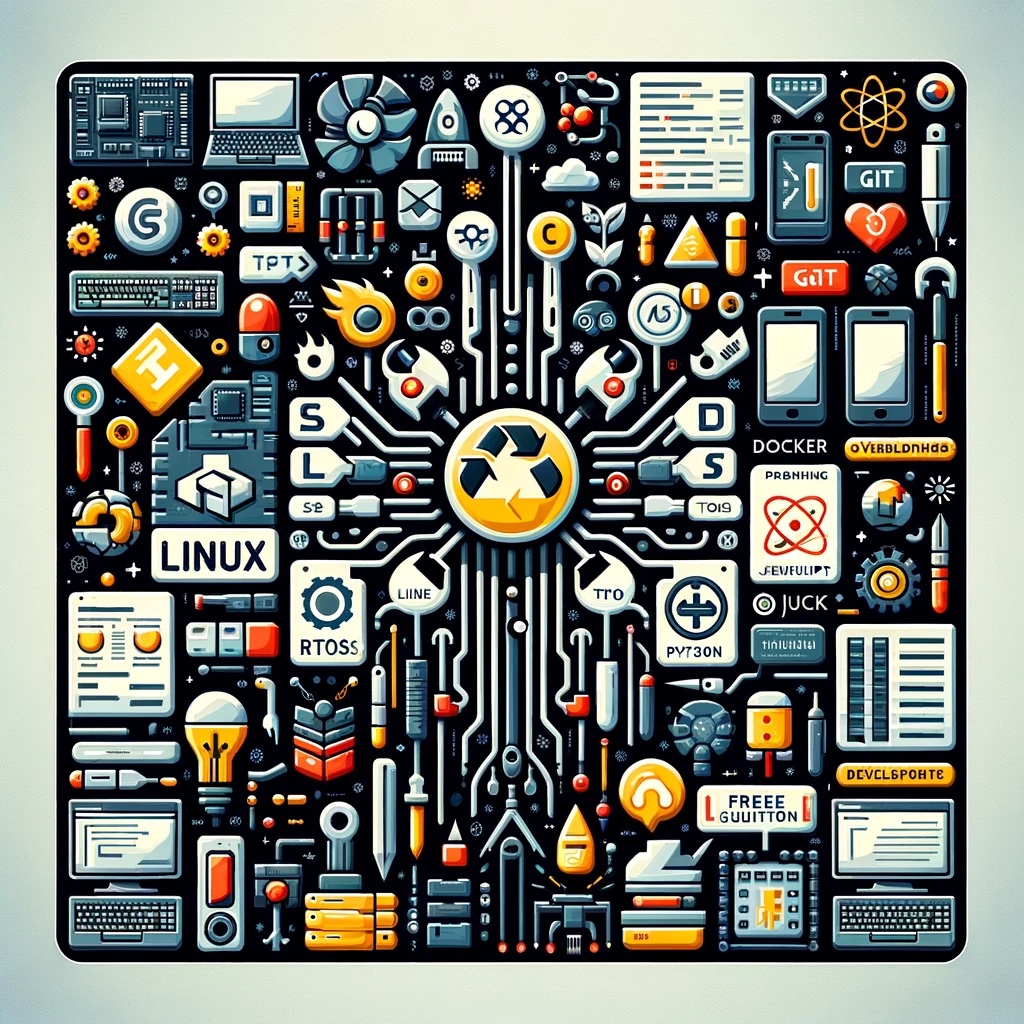
Software: Operating Systems, Programming Languages and Tools
- Linux and its distributions: Base for many embedded systems and servers.
- RTOS (Real-Time Operating System), such as FreeRTOS : For applications that require real-time responses.
- Programming languages : C and C++ (dominant in embedded systems), Python (popular in rapid development and prototyping), JavaScript (for web-connected IoT applications), and Rust (emerging for its security and performance).
- Development and versioning tools : Git, Docker, and CI/CD platforms like Jenkins facilitate collaboration and automation of software development.
These lists cover a broad spectrum of fundamental technologies in electronic engineering, reflecting both traditional solutions and emerging trends in HW and SW design.
3D prototypes
3D printing has revolutionized the world of electronic prototype design and manufacturing, offering unprecedented versatility and efficiency in the creation of encapsulations. This technology not only significantly speeds up the product development process, but also allows for extreme customization, adapting to the specific needs of each project. The use of technical materials, including those with ESD (Electrostatic Discharge) properties, further expands the possibilities and advantages of this innovative technique.
Advantages of 3D Printing for Encapsulated Electronic Prototypes:
Rapid development : 3D printing allows the rapid creation of encapsulations for electronic prototypes, drastically reducing development times. This is crucial in a competitive market where “time to market” can be decisive for the success of a product.
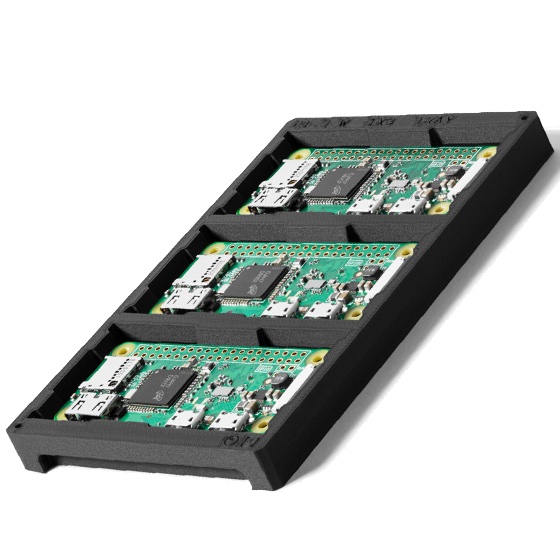
Customization and Flexibility : Each project may require encapsulates of unique shapes or with very detailed specifications. 3D printing offers the necessary flexibility to design and produce components that exactly fit the requirements of each electronic device.
Cost Reduction : By eliminating the need for molds and specific tools for production, 3D printing significantly reduce the costs associated with the design and manufacture of prototypes. This makes the technology accessible including for startups and small businesses.
Efficient Testing and Modifications : The ease of making changes to the digital design and producing a new prototype quickly facilitate an iterative process of testing and modifications. This ensures a more efficient development of the product, allowing the design of the encapsulation to be optimized before mass production.
Use of Technical Materials with ESD Properties : The possibility of using materials with electrostatic discharge properties (ESD) is particularly advantageous in electronics, where protection against discharges is critical. ESD materials in 3D printing can help prevent damage to sensitive components, improving the reliability and durability of the final product.
Functional and Aesthetic Prototypes : In addition to technical functionality, 3D printing allows the creation of encapsulations with superior aesthetic finishes. This is ideal for customer presentations, trade shows or crowdfunding campaigns, where the appearance of the prototype can significantly influence the perception of the product.
Sustainability : 3D printing contributes to sustainability by minimizing material waste, as only the material necessary to create the object is used. In addition, the ability to produce components locally reduces the carbon footprint associated with transporting materials and products.
In summary, 3D printing of encapsulants for electronic prototypes using technical materials such as ESD represents a powerful tool for engineers and designers. Its ability to quickly combine, customization, cost efficiency and functionality opens up new possibilities in electronic product development, ensuring that innovators can bring their ideas to market faster and more effectively than ever before.
As we cannot put all the technologies that exist or lack optimal developments, we have put a list that covers a wide spectrum of the fundamental technologies in electronic engineering, reflecting the traditional solutions as emerging trends in the design of HW and SW.
Solutions
In a world where technology is advancing at a rapid pace, find the right partner to materialize innovative projects that are crucial. DRACO is positioned at the forefront of this dynamic scenario, offering solutions that not only respond to current demands but also anticipate future ones. With a track record of more than two decades leading the electronic engineering sector, DRACO stands as the ideal partner to carry out any technological project from concept to reality, making use of the latest technologies available
Our dedication to innovation and quality motivates us to use advanced tools and methodologies, perfectly aligned with Industry 5.0 principles. We use digitization, automation and artificial intelligence to optimize all processes, from design and development to production and maintenance. This technological integration allows us to offer comprehensive tailored solutions, ensuring results that exceed expectations in terms of quality, efficiency and time to market.
At DRACO , we understand that each project is unique and deserves specialized attention. For this reason, we adapt our technological capabilities to the specific needs of our customers, guaranteeing customized solutions that perfectly fit their requirements. Our collaborative approach makes us more than a supplier; we are your strategic partner, committed to the success of your project every step of the way.
Choosing DRACO means opting for a partner with the experience, knowledge and technological infrastructure needed to face the challenges of the morning. We pride ourselves on being leaders in implementing cutting-edge solutions, and we’re ready to help you turn your boldest ideas into tangible realities. With DRACO , your project will not only achieve its goals, but also set new standards of innovation and quality in the technology sector.
